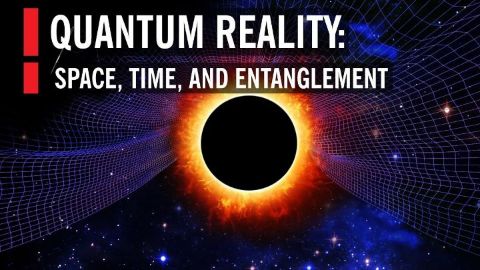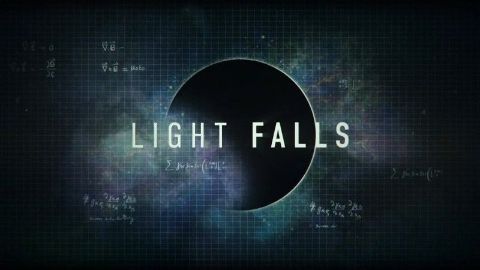You might also like
Ninety years after the historic double-slit experiment, the quantum revolution shows no sign of slowing. Join a vibrant conversation with renowned leaders in theoretical physics, quantum computation, and philosophical foundations, focused on how quantum physics continues to impact understanding on issues profound and practical, from the edge of black holes and the fibers of spacetime to teleportation and the future of computers.
Light always travels at a speed of 299,792,458 meters per second. But if you're in motion too, you're going to perceive it as traveling even faster -- which isn't possible! In this second installment of a three-part series on space-time, CERN scientists Andrew Pontzen and Tom Whyntie use a space-time diagram to analyze the sometimes confounding motion of light.
In the first episode, Helen seeks out the colours that turned planet Earth multicoloured. To investigate the essence of sunlight Helen travels to California to visit the largest solar telescope in the world. She discovers how the most vivid blue is formed from sulfur atoms deep within the Earth's crust and why the presence of red ochre is a key sign of life. In gold, she discovers why this most precious of metals shouldn't even exist on the surface of the planet and in white, Helen travels to one of the hottest places on Earth to explore the role salt and water played in shaping planet Earth.
S1E1 • Colour: The Spectrum of Science • 2015 • Physics
Atoms are very weird. Wrapping your head around exactly how weird, is close to impossible – how can you describe something that is SO removed from humans experience? But then again, they kind of make up everything, so let us try anyways.
In a Nutshell • 2015 • Physics
Take a theatrical journey with physicist Brian Greene to uncover how Albert Einstein developed his theory of relativity. In this vivid play, science is illuminated on stage and screen through innovative projections and an original score.
2019 • Physics





